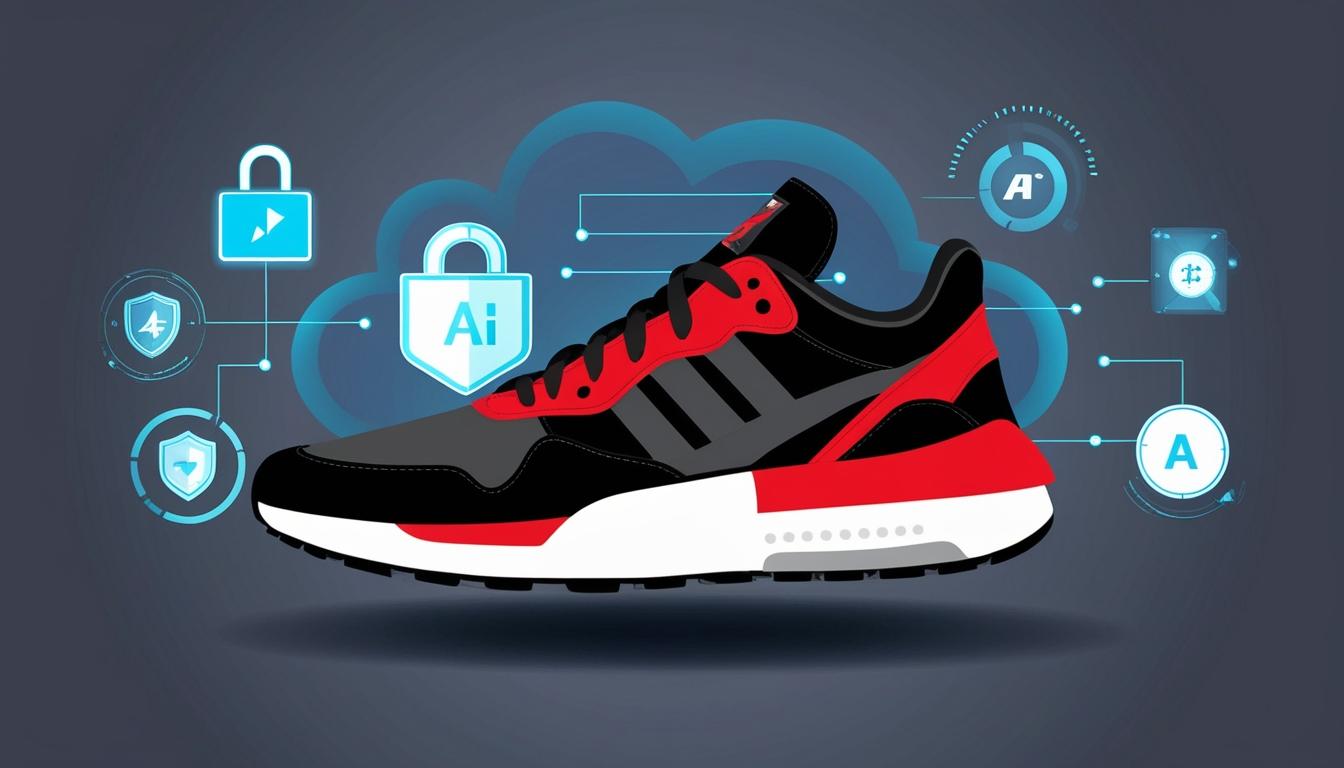In Los Angeles, the hypebeast culture is thriving, particularly evident at Coolkicks, a retailer on Melrose Avenue known for its significant foot traffic of sneaker collectors. The location attracts between 200 to 600 individuals daily, not only eager to purchase but also to sell their footwear. Adeel Shams, co-founder of Coolkicks, noted, “We could have anywhere from 200 to 600 people bringing shoes to us every day at Melrose.” The company, which also operates at the Grove and maintains a presence in Las Vegas, has tapped into the digital shopping trend through live online events that regularly attract a six-figure viewership.
A crucial aspect of Coolkicks' operations is the authentication of each sneaker before any buy offer is presented. Footwear is one of the most counterfeited product categories globally alongside high-end handbags, watches, and more. To address the escalating issues surrounding counterfeit goods, authentication has become essential for brands and consumers alike. London-based trademark protection firm Corsearch has warned that the economic impact of counterfeiting could surge to $1.79 trillion by 2030.
To manage the authentication process more efficiently, Coolkicks collaborates with Entrupy, a New York-based company that utilises artificial intelligence to verify product authenticity. Entrupy employs a customised light-box setup that captures images of sneakers from multiple angles, which are then analysed by AI. This rigorous examination focuses on intricate details, such as the quality of the leather and the pattern of stitching, taking roughly 10 to 30 minutes per shoe to complete. Shams indicated a rejection rate of about 6 percent on sneakers examined, with the system labelling uncertain items as “unidentified” rather than outright false.
Entrupy's CEO and co-founder, Vidyuth Srinivasan, has been developing AI-based luxury goods authentication since 2014. He explained, “We thought, ‘What if we built a system in which we took images of both real and fake products… and then deployed that online?’ Today we’re recognised as a standard of trust in the industry.” The company maintains a human element as well, employing experts to ensure the accuracy of the system. In cases where the AI system makes a mistake, resulting in a false identification, Entrupy commits to purchasing the incorrectly identified item to eliminate counterfeit products from circulation.
Another player in the marketplace is Authentix, located in Texas, which works with numerous brands to protect luxury items across various categories. Tim Driscoll, the chief technology officer at Authentix, mentioned that their AI tools continuously scan numerous platforms, looking for counterfeit listings. He reported, “Typically our client is the brand owner, and with our AI-enabled brand-protection tools, we’re constantly scanning millions of websites and looking at roughly 500,000 products a month.” Authentix claims a 90 percent compliance rate in both identifying and removing counterfeit merchandise.
Additionally, the company Alt Vault has emerged, initially focusing on luxury watches and later expanding its offerings to include handbags, sneakers, and fragrances. This web-based solution aims to simplify the authentication process for sellers and consumers alike.
Srinivasan recounted a notable instance where a group of Chicago pawn shops successfully identified attempts to sell counterfeit luxury handbags, preventing the sale through the services they provide. He remarked on the ongoing challenge of counterfeiting, stating, “You can never completely eradicate counterfeiting… what you can do at best is become a deterrent.”
The growing reliance on AI in the fight against counterfeiting points to significant technological advances in the retail space, reflecting the evolution of business practices in response to emerging trends in consumer behaviour and product authenticity.
Source: Noah Wire Services
